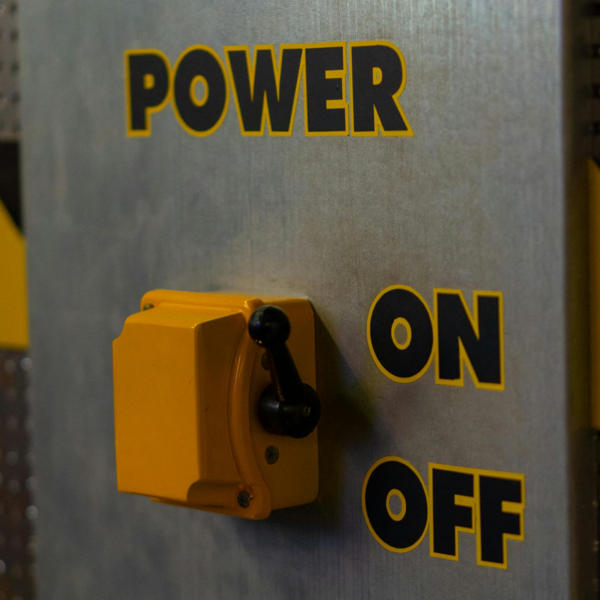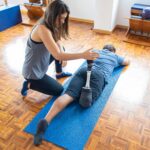Respiratory therapists play an important role in ensuring that individuals with respiratory ailments receive the best possible care. As a result, aspiring respiratory therapists (RTs) must go through rigorous schooling to be prepared to provide the quality of care that is necessary. The best way to be sure that you are prepared is to attend respiratory therapist schools that are the most up-to-date with relevant education and training.
When it comes to finding a school that is best suited for you, there are several factors to consider. With that in mind, take a look at our breakdown of the key qualities that make a respiratory therapy school truly successful before looking at the 3 examples of successful respiratory programs in the US.
What Makes a Respiratory Therapy Program Successful?
There are 5 categories that can be graded to score for what programs are the most successful for RTs. The first should always be accreditation. It is absolutely essential to look for schools that are accredited by either CAAHEP (Commission on Accreditation for Allied Health Education Programs) or CoARC (Commission on Accreditation for Respiratory Care). This ensures that the school meets certain educational standards and quality criteria set forth by these organizations.
Once you are sure that your options for schooling are accredited, it is time to take a look at the curriculum. The program should ensure its students a deep understanding of medical terminology, anatomy and physiology, pathology, clinical skills, patient assessment and management, pharmacology and advanced therapeutic modalities. If the curriculum is comprehensive, then make sure that it is followed up by experiential learning opportunities. In addition to classroom-based instruction, successful respiratory therapy schools offer students various learning opportunities such as lab work and internships with hospital partners so students can start to understand where their classroom knowledge applies in real world situations.
The last two categories go hand-in-hand. When determining the success of a school’s program, look at the faculty and the resources and equipment that is available. Faculty should be experienced in what they are teaching you, going so far as to be specialized in their area of teaching to ensure that they can provide the best instruction possible to the next generation of RTs. Faculty can best teach when they have the fitting resources and equipment to do so, so schools need to be equipped with updated equipment that is readily accessible for faculty and students alike.
3 Examples of Successful RT Programs
Loma Linda University
Location: Loma Linda, California
Accreditation: CAAHEP, CoARC
Loma Linda provides state-of-the-art facilities to those looking to become healthcare professionals. Their programs offer comprehensive entry-level schooling and extensive opportunities to gain real-world experience through their partnerships with surrounding healthcare systems. It is a not-for-profit school that is selective with its applicants to keep the student population low, which helps ensure that all students receive direct attention and teaching from professors.
Thomas Jefferson University
Location: Philadelphia, Pennsylvania
Accreditation: CAAHEP
Jefferson offers several degree options from a Bachelor’s of Science in Respiratory Care to a Post Professional Doctorate of Science in Respiratory Care Leadership & Management (RCLM). The school boasts an experienced faculty that provides students with comprehensive instruction covering patient assessment, management and diagnostic testing as well as various clinical internships – all designed to ensure students gain the necessary skills required for success within this profession.
Rush University
Location: Chicago, Illinois
Accreditation: CAAHEP, CoARC
Rush offers undergraduate and graduate level degrees with concentrations ranging from acute care medicine to neonatal intensive care specializing in areas such as pulmonary function tests and cardiopulmonary assessment/case management. This program also offers graduates continued professional development through online courses on topics such as pediatric critical care, advanced life support and emergency medical services – perfect for those seeking more comprehensive training after completing their chosen program!
Of course, these are not the only schools that can boast about their successful RT programs. Take a look around to determine what school and program works best for you and always double check the program’s accreditation. A website can be outdated, but accreditation websites rarely ever are.
If you are finishing schooling or will be soon and are looking for a new job in healthcare, Radius has you covered! Check out our open job board here and apply directly to a role or connect with a recruiter today by submitting an updated resume here. We have open opportunities all across the country and many who are interested in hiring new graduates, so apply today and learn more!











